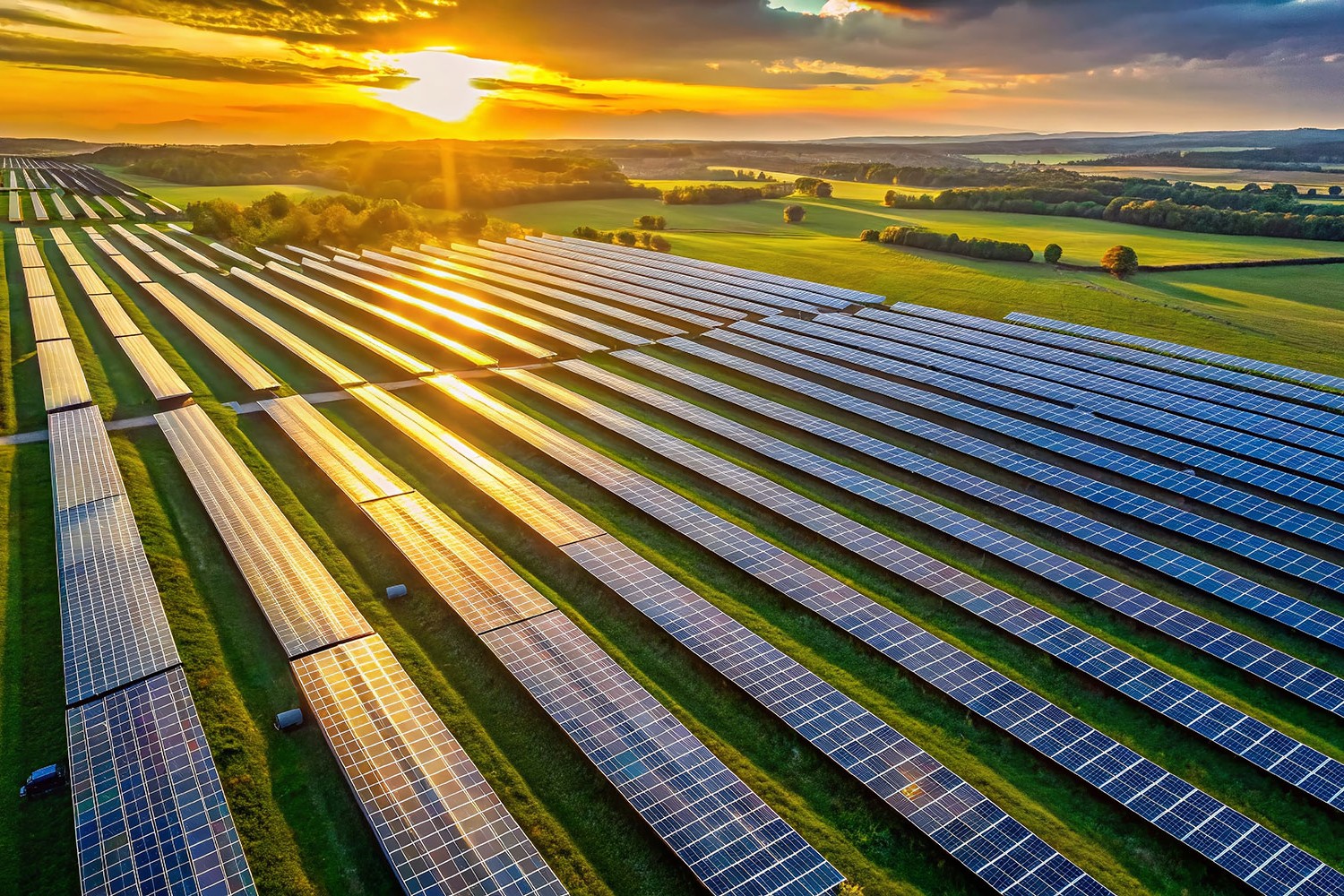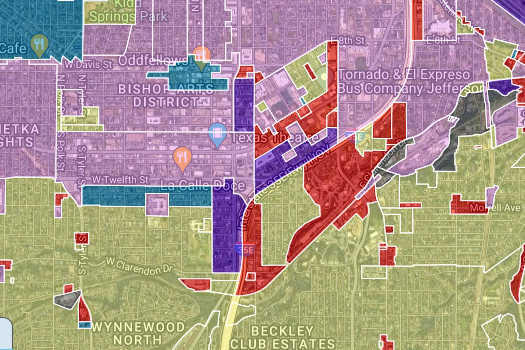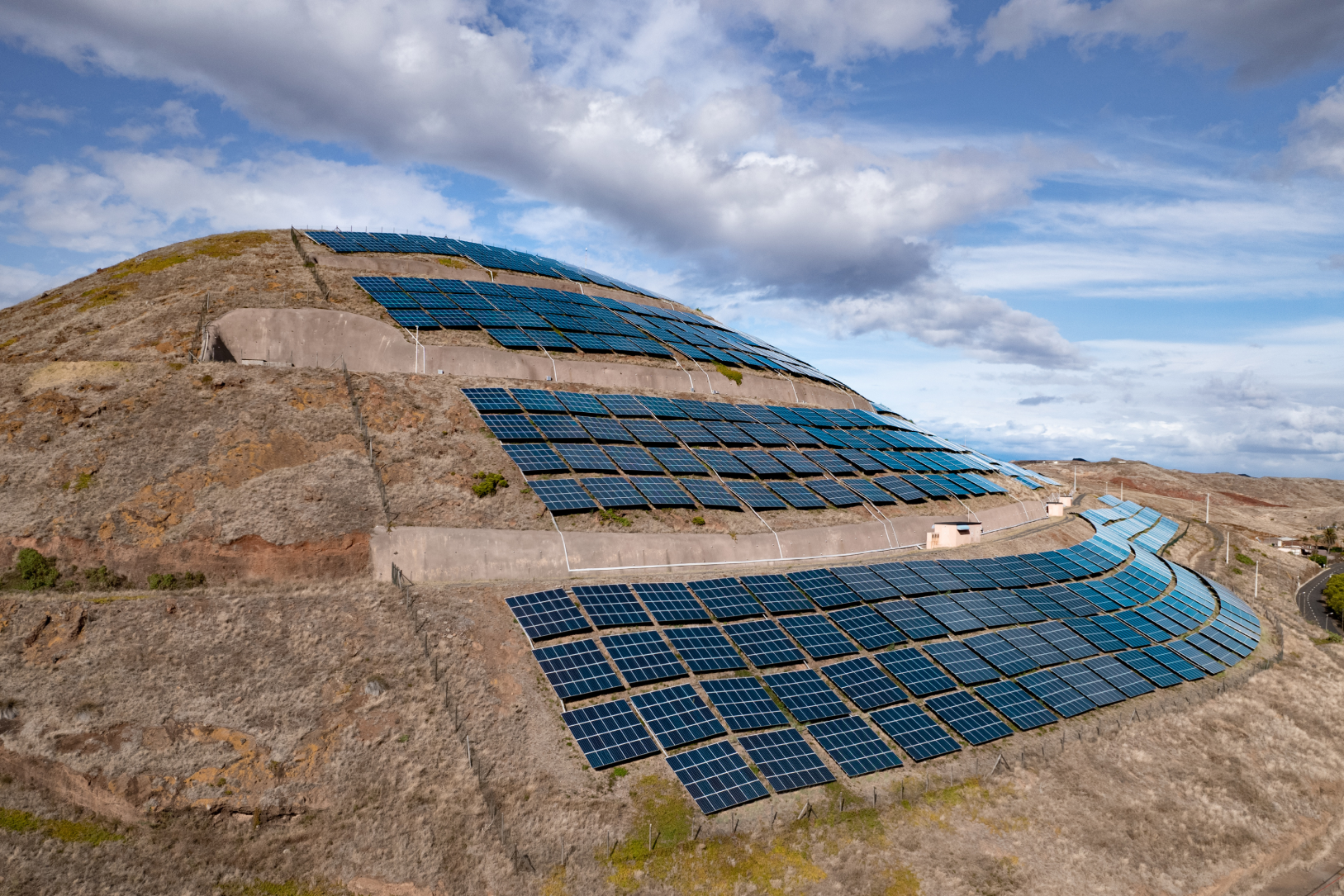Agricultural tourism, often called agritourism, is a subset of the travel industry that allows visitors to participate in farm life and rural practices firsthand. This type of tourism includes a wide range of activities, such as farm stays, pick-your-own produce events, vineyard tours, and educational workshops focused on sustainable farming practices.
According to a study by Straits Research, the global agritourism market was valued at around $45 billion in 2021. It’s expected to rise significantly, reaching about $141 billion by 2030, with an average annual growth rate of 13.4% from 2022 to 2030.
This shift is partly driven by recommendations from agricultural organizations, farmer welfare groups and governments, which encourage farmers to diversify by adding agri-allied businesses such as agritourism alongside conventional farming practices.
In this article, we’ll examine the possible effects of this expansion in agricultural tourism and its influence on various stakeholders.
Factors driving the rise of agricultural tourism
Aside from the recommendations of agricultural organizations, several other factors contribute to the growth of agricultural tourism. Let’s examine further the critical driving force fueling the change.
Desire for more authentic experiences
One key driver behind the rise of agritourism is the growing desire among travelers for authentic experiences. Unlike conventional tourism, which often concentrates on visiting popular landmarks and staying in commercial accommodations, agritourism permits travelers to immerse themselves in the daily life of rural communities.
Farm stays, for example, offer tourists the chance to live and work on a farm, partaking in activities such as harvesting crops, feeding animals, and even learning traditional farming methods. These experiences provide a deeper connection to the local culture and environment, allowing travelers to better understand rural life.
Demand for sustainable and responsible travel options
Along with the desire for genuine experiences, there’s a growing need for accountable and sustainable travel options. As more people become concerned about the impact of their actions on the environment, they’re seeking ways to reduce their carbon footprint while traveling.
Agricultural tourism allows travelers to support environmentally friendly practices by selecting accommodations and activities that foster sustainability. For instance, guests can choose to stay in eco-friendly farm accommodations or engage in workshops focused on organic farming techniques. This not only benefits the environment but also supports local farmers who are implementing sustainable practices.
Economic benefits for rural areas
For many small-scale farmers, agritourism provides an additional income source to help maintain their operations and improve their livelihoods. By opening their farms to visitors, farmers can diversify their earnings, which may reduce their dependence on traditional agricultural markets and weather-related risks.
Moreover, the influx of tourists can boost local economies by creating employment and supporting small businesses. Visitors to agritourism destinations often spend money on accommodations, meals, and locally produced goods, injecting much-needed capital into rural communities.
Types of agricultural tourism
From farm stays to vineyard tours, there are numerous ways for travelers to engage with agriculture and rural life. The following are some of the most popular forms of agritourism that can be found around the world.
Farm stays
Farm stays offer visitors the chance to live and work on a farm for a period of time. During their stay, guests can participate in various farm activities, such as planting and harvesting crops, tending to livestock, and learning about sustainable farming practices.
These experiences can provide a unique chance to gain insight into farmers’ daily lives and to develop a more profound appreciation for the hard work and commitment that goes into producing food. Additionally, farm stays often include the opportunity to enjoy farm-fresh meals made from locally sourced ingredients, further enhancing the connection between visitors and the land.
Vineyard tours
Vineyard tours are another popular form of agritourism, particularly in regions known for their wine production, such as France, Italy, and California. Visitors can learn about winemaking processes, sample wines, and explore picturesque vineyards.
Vineyard tours are often accompanied by tastings, where guests can try various wines and learn about the different flavors and characteristics resulting from different grape varieties and production methods. Some tours also include visits to wine cellars and production facilities, providing a behind-the-scenes look at the art and science of winemaking.
Educational farm visits
Educational farm visits offer a hands-on learning experience for visitors of all ages, mainly focusing on students and young people. These excursions are often tailored to specific academic goals, such as teaching children about the origins of their food or raising awareness of environmental issues. Participants can engage in interactive activities like planting seeds, milking cows, and collecting eggs, which provide practical experience and a deeper appreciation for the significance of agriculture in their daily lives.
These are just a few examples of the different agricultural tourism types available to travelers. As this industry grows, we expect to see even more unique and innovative ways for visitors to engage with agriculture and rural communities worldwide.
Potential effects of the expansion of agricultural tourism
As more travelers seek out these experiences, the benefits of agritourism are likely to extend beyond individual farms and communities, contributing to broader growth and development in the industry.
Business impacts
The expansion of agritourism presents numerous opportunities for businesses, both within and outside the agricultural sector. For instance, the demand for locally sourced food and products may increase, providing opportunities for small-scale farmers and artisan producers. Additionally, as agritourism destinations become more popular, there could be a growing need for transportation, accommodation, and other services in rural areas.
Further, the increased income from agritourism can enable farmers to adopt emerging technologies that promote efficiency and sustainability in farming. For example, the revenue generated from agritourism could be used to invest in solar-powered systems, which can decrease energy costs and lower the carbon footprint of agricultural operations.

Educational impacts
Agricultural tourism is a valuable educational platform for tourists and local communities, fostering awareness and understanding of sustainable farming practices. Engaging directly with farms offers visitors hands-on experiences highlighting the significance of environmentally friendly methods such as crop rotation, organic farming, and integrated pest control. These immersive learning opportunities can inspire tourists to adopt more sustainable approaches in their own lives, promoting a greater collective responsibility for the environment.
For local communities, sharing their knowledge and heritage reinforces cultural identity and fosters pride among members. This exchange of information cultivates a deeper appreciation for agriculture, leading to enhanced support for local businesses and sustainability initiatives.
Economic impacts
As more travelers seek agritourism experiences, the demand for accommodations, dining, and other services in these areas will likely increase, creating jobs and supporting small businesses.
In addition to direct economic benefits, the revenue generated from agritourism can also support the adoption of precision agriculture techniques. These techniques, which involve using advanced technology to optimize farming practices, can help create climate-resilient crops and improve the overall sustainability of farming procedures.
Conclusion
The expansion of agritourism has the potential to drive significant growth and development across multiple sectors, from agriculture and tourism to education and the economy. As travelers seek genuine and sustainable experiences, agritourism will likely play an increasingly important role in shaping the future of travel and rural development.
You might also be interested in:
March 26, 2025
PVcase Yield product guide: revolutionize solar energy modeling with advanced technology
Download PVcase Yield product guide and discover how PVcase Yield is transforming solar energy modeling with its advanced digital twin technology and physics-based simulations.…
March 25, 2025
The impact of Zoning Data on strategic site selection
Zoning Data encompasses the information used by local governments to classify land use. Learn how this new addition to PVcase Prospect enables solar developers to choose a project…
March 24, 2025
PVcase’s spring product updates: what’s new
PVcase and HeatSpring offer a new training bundle on utility-scale solar engineering for solar designers and engineers.
March 5, 2025
Why fiber data is non-negotiable for data center site selection
Discover why integrating fiber data into your data center site selection process is crucial for reducing costs, accelerating deployment, and improving network resilience.
February 20, 2025
PVcase Ground Mount wins G2 2025 Best CAD & PLM Software award
PVcase and HeatSpring offer a new training bundle on utility-scale solar engineering for solar designers and engineers.
February 18, 2025
PVcase partners with HeatSpring for advanced utility-scale solar training
PVcase and HeatSpring offer a new training bundle on utility-scale solar engineering for solar designers and engineers.
February 3, 2025
Solving ground mount solar design challenges. A guide by engineers, for engineers
Download our e-book for expert insights and actionable solutions to the common pain points you encounter in your day-to-day work, and start taking back your development time.
January 15, 2025
Award-worthy solar software: PVcase’s impact in 2024
Explore how PVcase's award-winning product suite is combating climate change through innovative software and what achievements were recognized the most.
January 14, 2025
Top 10 questions asked during the PVcase Digital SmartUp’24 — answered
Customers ask, we answer — read the article to find answers to the top 10 most asked questions at the exclusive PVcase Digital SmartUp'24 event.
January 10, 2025
Developing solar projects on challenging land
Solar developers face fierce competition, congested grids, and a shrinking pool of ideal sites. What's the solution? Read and and learn how to develop on challenging land instead.
December 12, 2024
Why Locational Marginal Pricing (LMP) data is essential for solar development?
Locational Marginal Pricing (LMP) data helps solar developers forecast profitability, minimize financial risk, and optimize site selection. Let’s break down what LMP data is, its…
December 11, 2024
PVcase product updates — November highlights
With PVcase November updates, you can achieve faster, more accurate results today — no need to make them your New Year’s resolutions. Dive into the major updates from the PVcase…
December 9, 2024
The importance of quality GIS data for solar site selection
Discover the impact of high-quality GIS data on solar site selection. Learn how parcel data, grid capacity, and LMP data optimize solar project development, reduce risks, and…
December 2, 2024
Consequences of extreme weather events: can we still afford it?
Floods, hurricanes, wildfires — whether we want them or not, extreme weather events have become the new normal. This year alone, there have been 24 billion-dollar weather…
November 14, 2024
Fail fast, succeed faster: the developer’s guide to streamlining solar projects with early-stage development software
Discover how solar developers thrive by adopting the 'fail fast, succeed faster' approach. Explore the role of early-stage development software, such as PVcase Prospect, in…
















